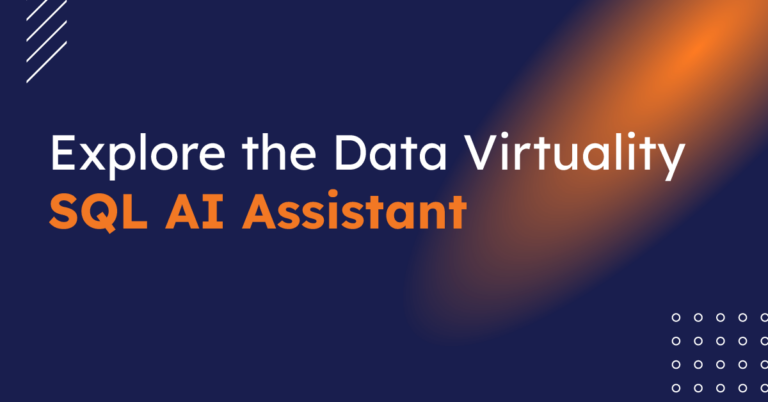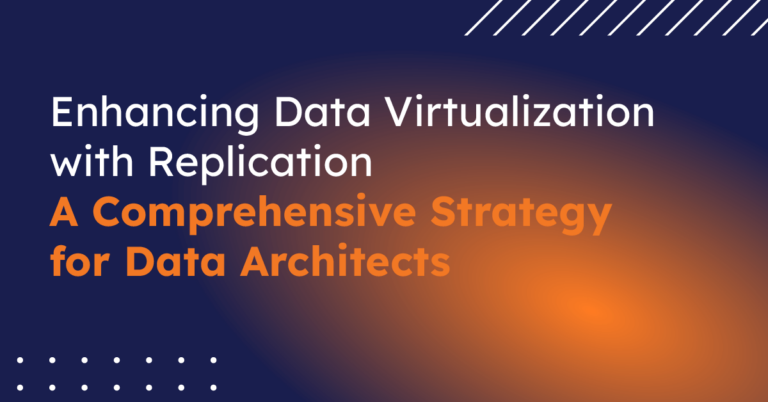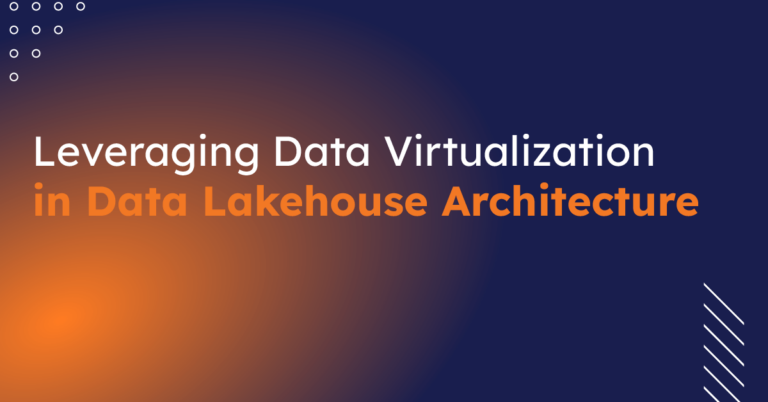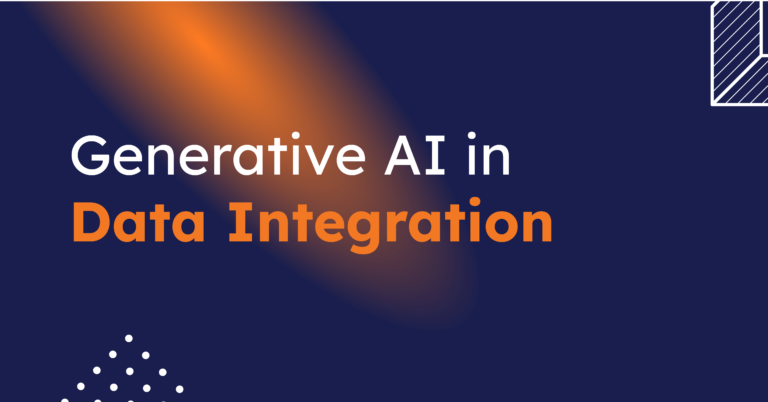
CData Software Acquires Data Virtuality to Modernize Data Virtualization for the Enterprise
Data Virtuality brings enterprise data virtualization capabilities to CData, delivering highly-performant access to live data at any scale.
Explore how you can use the Data Virtuality Platform in different scenarios.
Learn more about the Data Virtuality Platform or to make your work with Data Virtuality even more successful.
Insights on product updates, useful guides and further informative articles.
Find insightful webinars, whitepapers and ebooks in our resource library.
Stronger together. Learn more about our partner programs.
Read, watch and learn what our customers achieved with Data Virtuality.
In our documentation you will find everything to know about our products
Read the answers to frequently asked questions about Data Virtuality.
In this on-demand webinar, we look at how a modern data architecture can help data scientists to be faster and to work more efficiently.
Learn more about us as a company, our strong partner ecosystem and our career opportunities.
How we achieve data security and transparency
Starting November 12th, 2021, we will rename our data virtualization solution to “Data Virtuality Platform” (former Logical Data Warehouse). This move is in line with our overall strategy to align our own growth with the needs, requirements, and use cases of our customers and users.
In accordance with customer feedback and the market trends, we have improved and enhanced the Data Virtuality Platform so our customers can challenge the traditional monolithic data architectures while maintaining governance, security, and scalability. It started with the Logical Data Warehouse use case and has now evolved to further modern data architectures such as data fabric, data mesh, and unified data platform. By uniquely combining the two data integration approaches, data virtualization and ETL, the Data Virtuality Platform gives the flexibility to choose the data integration approach needed to best meet today’s and tomorrow’s business needs.
Furthermore, while the Logical Data Warehouse was almost purely focused on analytical use cases, the Data Virtuality Platform also enables transactional use cases. We are seeing an increase in the requests coming in from our customers that are shifting from analytical to a mixture of analytical and transactional use cases, e.g. loan approval management in financial institutions and patient flow operations in the healthcare industry.
These learnings are augmenting our self-perception within the market and will be impacting our roadmap going forward. We are currently working hard on new functionalities, so please stay tuned for some big announcements that will come up.
The Data Virtuality Platform (DV Platform) is a step up in the evolution of data integration, combining the best of data virtualization and ELT/ETL in a single, comprehensive data management solution:
In this manner, the effort-intensive physical transfer of the data is minimized and simplified, effectively removing lengthy data movement delays from the critical path of data integration projects. The final result is easy data access without fundamentally changing the existing environment.
Book a demo and test the features of the Data Virtuality Platform

Data Virtuality brings enterprise data virtualization capabilities to CData, delivering highly-performant access to live data at any scale.

Discover how integrating data warehouse automation with data virtualization can lead to better managed and optimized data workflows.

Discover how our ChatGPT powered SQL AI Assistant can help Data Virtuality users boost their performance when working with data.

While caching offers certain advantages, it’s not a one-size-fits-all solution. To comprehensively meet business requirements, combining data virtualization with replication is key.

Explore the potential of Data Virtuality’s connector for Databricks, enhancing your data lakehouse experience with flexible integration.

Generative AI is an exciting new technology which is helping to democratise and accelerate data management tasks including data engineering.
Leipzig
Katharinenstrasse 15 | 04109 | Germany
Munich
Trimburgstraße 2 | 81249 | Germany
San Francisco
2261 Market Street #4788 | CA 94114 | USA
Follow Us on Social Media
Our mission is to enable businesses to leverage the full potential of their data by providing a single source of truth platform to connect and manage all data.